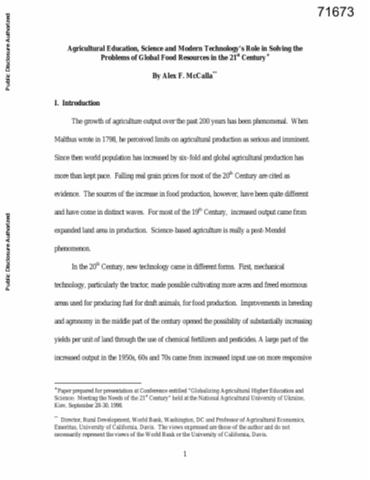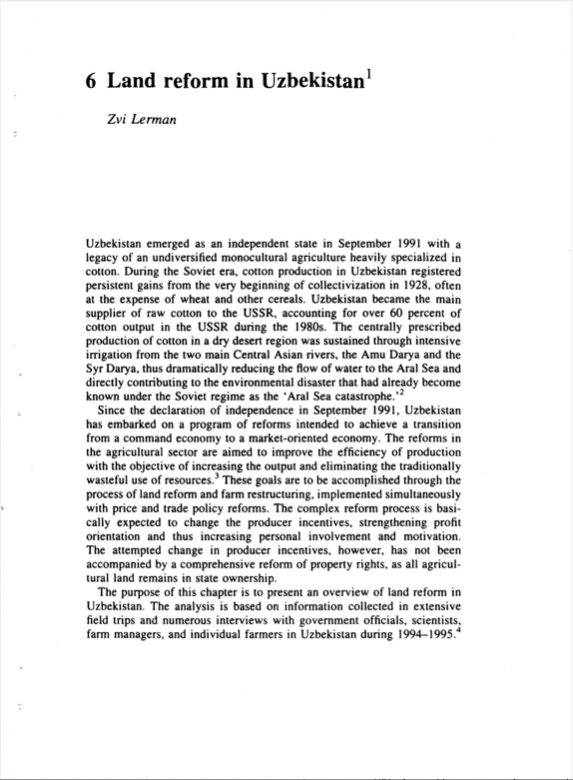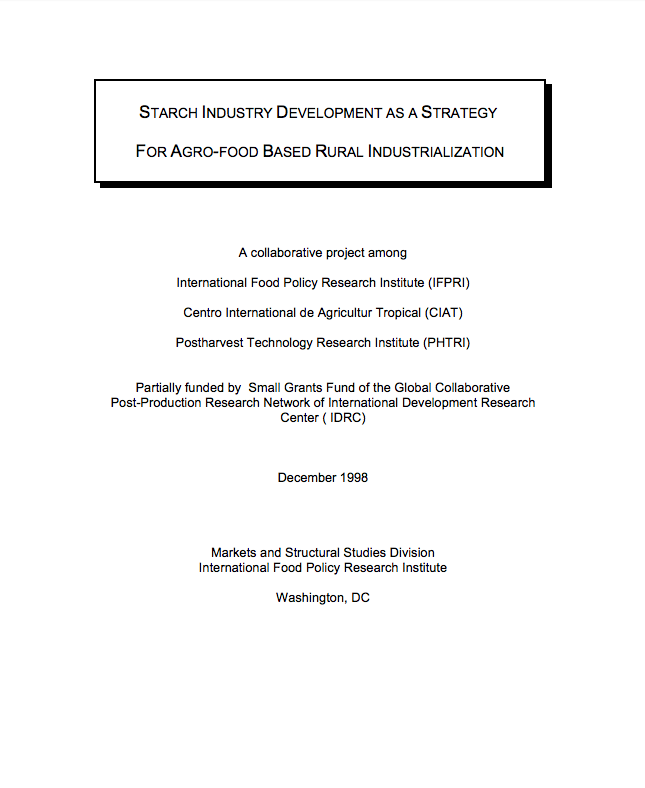Agricultural Education, Science and Modern Technology's Role in Solving the Problems of Global Food Resources in the 21st Century
The growth of agriculture output over the past 200 years has been phenomenal. When Malthus wrote in 1798, he perceived limits on agricultural production as serious and imminent. Since then world population has increased by six-fold and global agricultural production has more than kept pace. Falling real grain prices for most of the 20th Century are cited as evidence. The sources of the increase in food production, however, have been quite different and have come in distinct waves. For most of the 19th century, increased output came from expanded land area in production.
The frame of land use technology for environmental conservation in agriculture
Report of the high level expert group meeting on agriculture and environment
Food insecurity is expected to accelerate substantially in sub-Saharan Africa where available evidence suggests that environmental degradation such as soil erosion, desertification and deforestation is seriously depend for increasing their agricultural productivity. As a result, about 44 percent of Africa's population live below the poverty line earning an income of about $39 per month.
On the move : mobility, land use and livelihood practices on the Central Plateau in Burkina Faso
Chapter 2 situates the scene by presenting the historical background to the research area. First, a brief outline of the research village's history is provided. The main part of the chapter is devoted to the elaboration of case material relating to a number of conflicts over land, along the border between the kingdom of Ratenga and the kombere of Piugtenga and in which the village of Ziinoogo has been involved.
Integrated coastal area management and agriculture, forestry and fisheries
Land Reform in Uzbekistan
FIRST PARAGRAPH OF CHAPTER: Uzbekistan emerged as an independent state in September l99l with a legacy of an undiversified monocultural agriculture heavily specialized in cotton. During the Soviet era, cotton production in Uzbekistan registered persistent gains from the very beginning of collectivization in 1928, often at the expense of wheat and other cereals.
Starch industry development as a strategy for agro-food based rural industrialization
To promote development, there is increasing need for activities and policies which generate and diversify income in rural areas. The starch industry in Viet Nam provides a good example of rural industrialization whereby low-value agricultural commodities such as cassava and canna are processed into high-value commodities such as starch to be used in a variety of food and non-food industries. Though this sector is relatively small, it has a high potential in terms of demand growth, poverty reduction, and income diversification in rural areas, particularly the less favored ones.
South Africa: encouraging sustainable smallholder agriculture
Concentrates on the black smallholder farming sector. Policy objectives should include:Resource Conserving Technologies: re-orientation away from large scale farmers, consideration of goals other than high input/output (risk management, labour input, gender).
Capital Outflow from the Agriculture Sector in Thailand
To understand Thailand's policy on development and industrialization, one must also study its policy on trade and agriculture. Certain Thai policies have facilitated economic development in Thailand: Raising agricultural productivity even during the early period of import substitution. The relatively equal distribution of land. Decentralized industrial growth. The labor-intensive export orientation of both rural and urban industries. Generally open, merit-based access to education.







